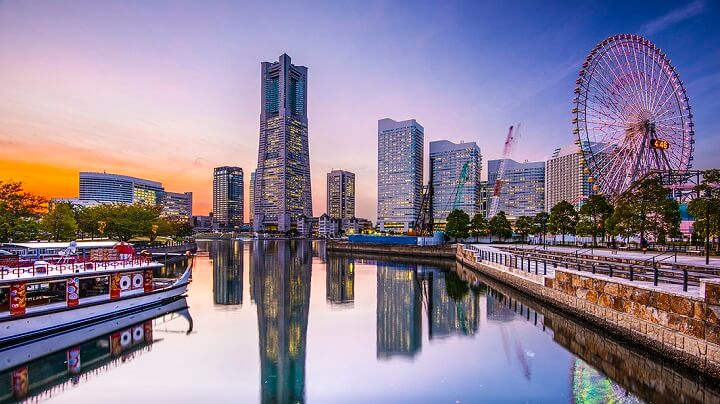
Japan is a magical country where many Western tourists come wanting to soak up its culture, which, as you know, has nothing to do with that of Spain, France or Portugal. There you live in a totally different way and that is something that is appreciated in every corner.
If you are considering the possibility of carrying out a route through the Japanese country, in addition to reading our advice to visit it, I recommend that you do not lose detail of what I tell you below, since I mention those that for me are the 8 most beautiful cities from Japan. Shall we start?
Tokyo
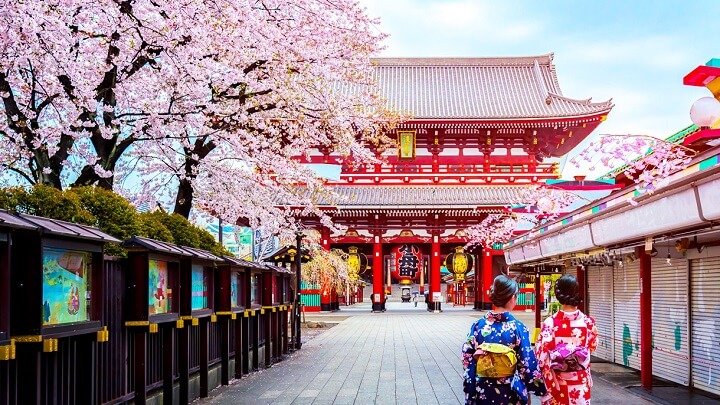
Tokyo is the capital of Japan and the most populous city in the world . Strolling through its streets is an experience that for some can become overwhelming due to the large number of people who concentrate at peak times. In its metropolitan area there are more than 38 million inhabitants , which to get an approximate idea are only 8 million less than in all of Spain. Brutal.
In Tokyo you can stroll through the electronic district (Akihabara), visit the Sensoji Temple, go to one of the viewpoints of the city, shop in the largest fish market in the world (Tsukiji), move through the beautiful district of Shibuya or walk the Takeshita-dori pedestrian street, which is the most spectacular and famous in Tokyo.
Hiroshima
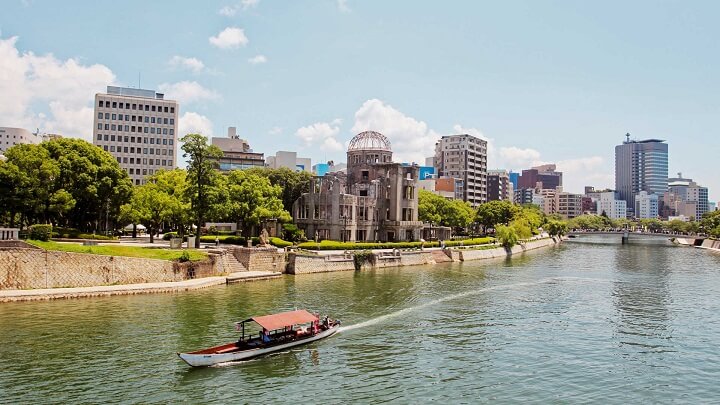
Hiroshima is a city that is unfortunately famous for being the chosen scene to drop the first atomic bomb in history. It happened on August 6, 1945, during World War II. Many people died on the spot and others from radiation. In fact, there is talk of about 140,000 without counting until December 31, 1945, but if we extend that date to relate more deaths we can easily go above the 300,000 deceased .
Fortunately, there is no longer any radiation that can affect people living in or visiting Hiroshima. Now it is a beautiful city in which of course it is impossible to forget what happened, since there is a cenotaph commemorating the victims, a Museum of Peace, the Genbaku dome (the only building near the epicenter of the explosion that resisted in foot) and even visits to the place that is considered to be ground zero (Naka-ku street).
Kyoto
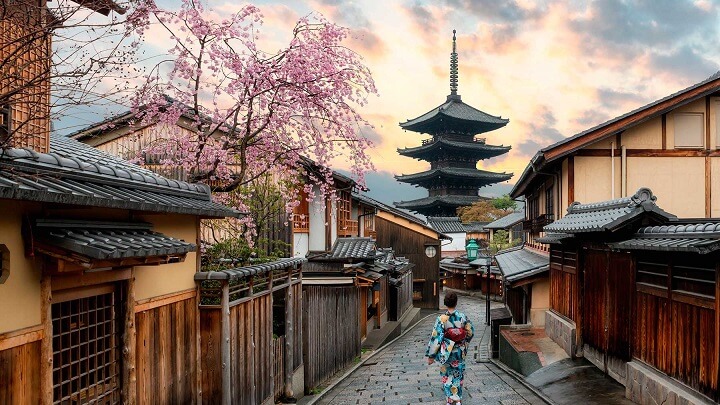
On the island of Honshu we find this beautiful city where approximately 1,500,000 people live. There is consensus when it comes to saying that it is one of the most beautiful in Japan and it cannot be denied that it is a piece of living history. That is why you will need at least 3 or 4 days to soak up the beauty of temples such as the Fushimi Inari-taisha or the Kinkaku-ji, two essentials that you will have seen more than once in photographs.
It is also highly recommended to walk through the neighborhood of Gion (that of the geishas), through the bamboo forest of Arashiyama (prepare the camera) or along the Path of Philosophy, which leaves you with your mouth open in spring, since it is when the cherry blossoms are in bloom. On the other hand, it does not hurt to go to Ryoan-ji , a Zen temple that attracts attention for its relaxing dry garden.
Osaka
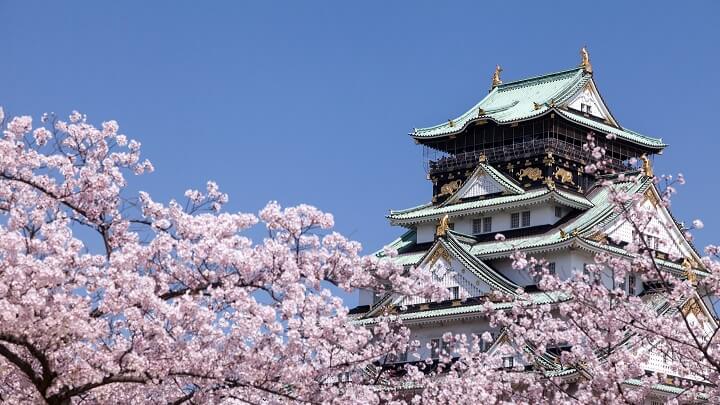
In Osaka you will find a mixture of the most traditional and the most modern, so it is one of the essential visits in Japan . It is a city that beautifully preserves the ancient Japanese culture, but which in turn infects you with that fever for technology that has spread so much throughout the country. You will need several days to see everything important, since it is the third largest city and that means that you do not visit it in two days.
I recommend going to the Dotonbori neighborhood, especially if you are looking for atmosphere. More relaxed is the visit to Osaka Castle, which in spring is spectacular thanks to the flowering of its more than 600 cherry trees (see the photo in this section). You can also stroll through the peculiar Shinsekai neighborhood or let yourself be carried away by the charm of manga and electronics in the Nipponbashi neighborhood. On the other hand, you can also go up to the Umeda Sky Building, a 173-meter-high skyscraper from which you will enjoy privileged views.
Sapporo
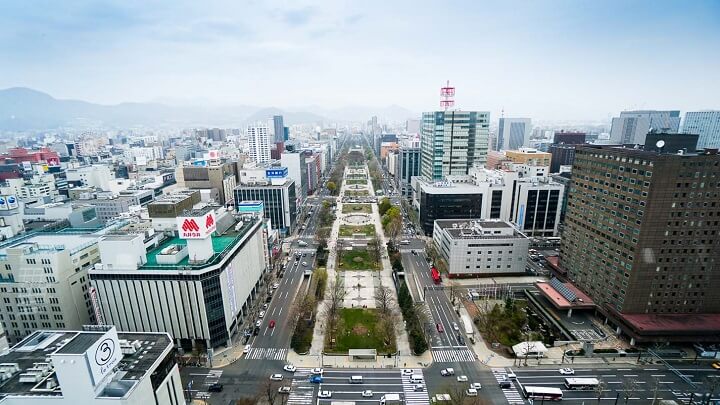
To speak of Sapporo is to speak of cold. It is on the island of Hokkaidō, in the north of the country, and is characterized by a climate in which snowfalls occur in winter, which explains why the Winter Olympics were held there in 1972.
Its humid continental climate is not a problem if you keep warm. You can go to the Sapporo Botanical Gardens , the Clock Tower (Tokedai), the Shiroi Koibito Park or the Beer Museum. It is also not a bad plan to enjoy the views from the T38 Observation Deck on the 38th floor of the JR Tower or stroll through Susukino, which is the most atmospheric neighborhood in the city.
Nara

I am convinced that more than once you have heard that in Japan there is a city where many deer live that you can feed (you better). There are more than 1,000 and they are called sika deer, being considered as messengers of the gods according to Shintoism.
In addition to many deer, in Nara there are also temples and gardens that are well worth having your camera ready. Quite close to Nara Park you can visit the Todaiji Temple, which stands out for a statue of the Great Buddha and the Nandai-mon gate. In this temple, by the way, the Omizutori festival is celebrated in March, a spectacle worth seeing that has been celebrated for more than 1,250 years.
Sendai
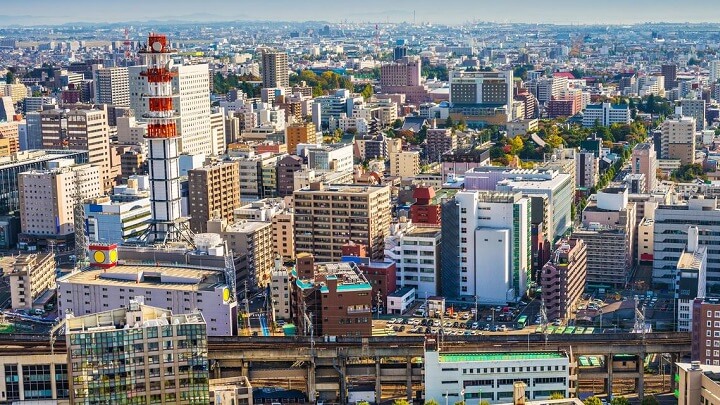
Sendai is a city with more than a million inhabitants famous for its festivals and for the delicious grilled beef tongue (Gyutan) that is cooked in some of its restaurants. There you can also go shopping in Ichibancho , visit the Daikannon statue (it is huge and it is next to a golf course in the suburbs), party in Kokubuncho or breathe fresh air along Jozenji-dori Avenue, which is lined with trees. and gives meaning to what Sendai means: The City of Trees.
Yokohama
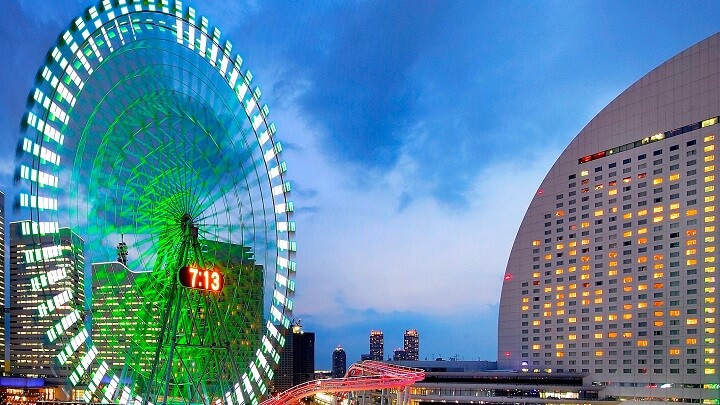
I end this list talking about a city that could not be left out. With almost 4 million inhabitants, Yokohama is one of those places that tourists who decide to travel to Japan often visit, since it is only half an hour from Tokyo. Until 1859 it was a fishing town of little consequence, but thanks to its port it has become a city in continuous evolution that can boast of being the second largest in the country.
If you go with children, you cannot miss the opportunity to visit the Cosmo World amusement park , which surprises anyone thanks to its spectacular Ferris wheel. It’s also not a bad idea to cheer up the view from the Landmark Tower Observatory or learn more about Yokohama’s fishing history by accessing the Nippon Maru, a museum ship that was once a training ship.
In Yokohama’s Chinatown you can also have a good time (especially when they celebrate Chinese New Year) and you cannot miss the opportunity to go through Yamashita Park, which is a beautiful promenade.
Recommended Article: 10 Amazing Places in Japan
